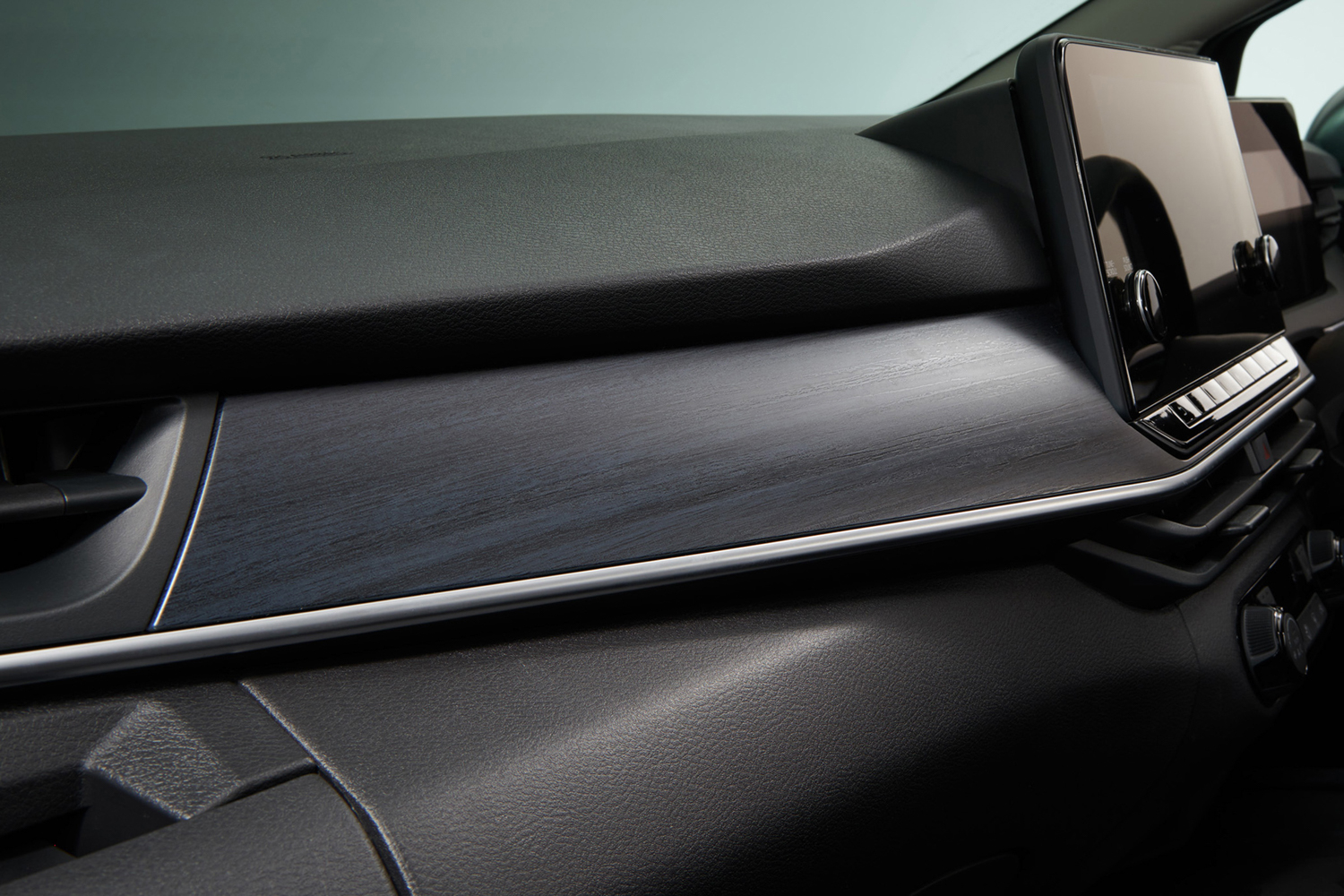Nissan has launched a new Note compact MPV, which is nice. Well, nice if you live somewhere other than Europe because the new Note ain't coming here - it's a victim of recent massive shake-ups in the Renault-Nissan-Mitsubishi Alliance, which sees Renault take primacy in Europe, while Nissan steps back a little to concentrate on the US and Japanese markets. Mitsubishi, of course, will shortly disappear entirely from Europe and Ireland.
e-Power range-extender system
So why are we talking about the new Note here? Well, aside from its rather impressive spaciousness and its neat styling (how much we've sacrificed on the altar of SUV ownership...) the Note is being launched with Nissan's new e-Power range extender system.
What's that, you ask? Well, it's an electric car that's not quite an electric car. The Note uses either one electric motor driving the front wheels, or a pair of motors to give it four-wheel drive. Power for those motors comes from a compact lithium-ion battery, smaller than that used by the Leaf electric car (Nissan is still being a little tight-lipped on the precise details of kWh outputs etc) and you can have it with the clever 'e-pedal' one-pedal driving setup, that uses the drag of the electric motors topping up the battery to slow the car down pretty much to a stop.
Not connected to the wheels
So isn't it an electric car? Non, because there's a petrol engine too. There's no external charging socket, so the Note e-Power's battery is charged either from that regenerative braking system, or by switching on a compact 1.2-litre petrol engine to act as a generator. Now, that's in the broadest possible terms similar to the hybrid setup used by Honda for the large CR-V SUV, but through a complex series of clutches, the Honda's petrol engine can directly drive the wheels when you need maximum power. Nissan says that in its e-Power's setup "the gasoline engine is not connected to the wheels; it simply charges the battery. And unlike a full EV, the power source is the engine, rather than just the battery."
The idea is to provide the driving sensations, and ultra-low emissions, of an electric car, but with the convenience of liquid fuel refills, rather than lengthy charging sessions. e-Power models have been on sale in Japan since 2016, but it's only with the 2021 Qashqai that they will finally come to Europe. Previously, Nissan's engineers had said that the system was really only suited to Japanese car buyers, who rarely exceed 100km/h in daily driving, whereas European customers often spend extended periods at speeds of 120-130km/h. Clearly, somewhere along the line, there's been a breakthrough in the e-Power tech to make it sufficiently economical at those higher speeds for us.
Quieter and smoother
According to Nissan: "The engine now operates at a lower RPM and is engaged less often during a typical drive. Coupled with enhanced insulation in the vehicle body, this results in quietness that's a class above typical compact cars." There's even a microphone in the cabin that detects when you're driving on smoother, quieter tarmac, which automatically switches the engine on to charge the small battery, so as to even-out the sensations of driving noise.
So far, Nissan has said that the Qashqai e-Power will be front-wheel drive only, rather than with the optional four-wheel drive of the Note. Even so, consider our interest piqued and our appetite whetted.









